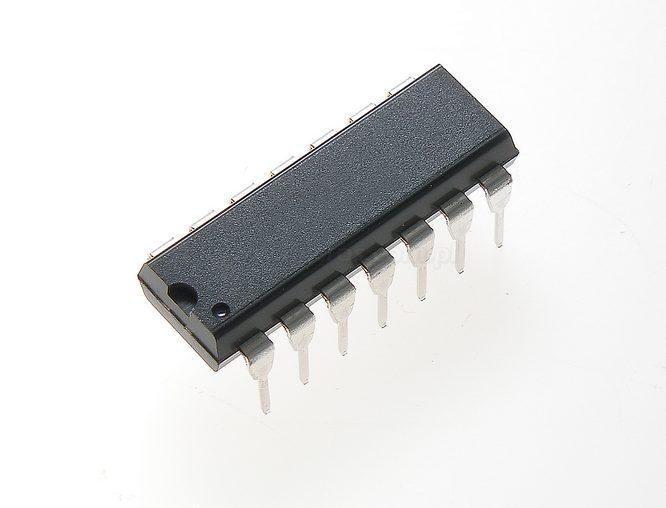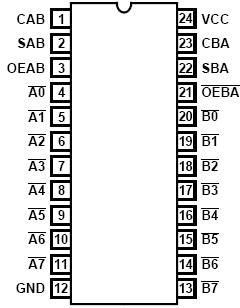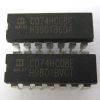CD74FCT651: Features: • Buffered Inputs• Typical Propagation Delay: 6.8ns at VCC = 5V, TA = 25, CL = 50pF• CD75FCT651 - Inverting• CD74FCT652 - Noninverting• Family Features - SCR ...
floor Price/Ceiling Price
- Part Number:
- CD74FCT651
- Supply Ability:
- 5000
Price Break
- Qty
- 1~5000
- Unit Price
- Negotiable
- Processing time
- 15 Days
SeekIC Buyer Protection PLUS - newly updated for 2013!
- Escrow Protection.
- Guaranteed refunds.
- Secure payments.
- Learn more >>
Month Sales
268 Transactions
Payment Methods
All payment methods are secure and covered by SeekIC Buyer Protection PLUS.

 CD74FCT651 Data Sheet
CD74FCT651 Data Sheet








